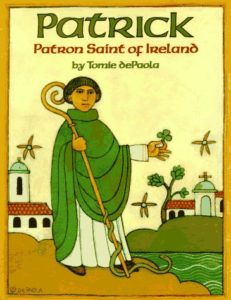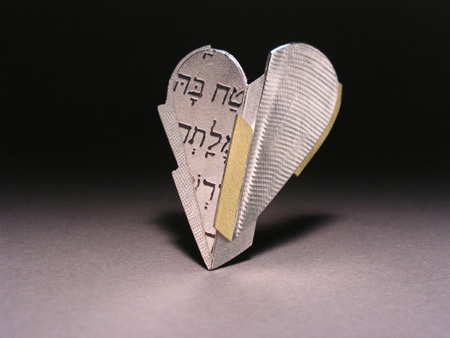Eagle Poem — Joy Harjo (excerpt)
… Circles of motion.
Like eagle that Sunday morning … Circled in blue sky
In wind, swept our hearts clean
With sacred wings.
We see you, see ourselves and know
That we must take the utmost care
And kindness in all things.
Breathe in, knowing we are made of
All this, and breathe, knowing
We are truly blessed because we
Were born, and die soon within a
True circle of motion,
Like eagle rounding out the morning
Inside us.
We pray that it will be done
In beauty.
In beauty.
Of Love Written On (and In) Our Hearts
I looked in temples, churches, and mosques. But I found the Divine within my heart. — attributed to Rumi
In this here place, we flesh; flesh that weeps, laughs; flesh that dances on bare feet in grass. Love it. Love it hard. Yonder they do not love your flesh … You got to love it, you! … love it, love it and the beat and beating heart, love that too. More than eyes or feet. More than lungs that have yet to draw free air … hear me now, love your heart. For this is the prize.— Toni Morrison, Beloved
There’s a lovely Hasidic story of a rabbi who always told his people that if they studied the Torah, it would put Scripture on their hearts. One of them asked, “Why on our hearts, and not in them?” The rabbi answered, “Only God can put Scripture inside. But reading sacred text can put it on your heart, and then when your hearts break, the holy words will fall inside.” ― Anne Lamott, Plan B: Further Thoughts on Faith
The Heart Sutra is “the essence of the Buddha’s teachings on wisdom” … “There are moments when we feel very grateful for the other person in our life. … Withdraw yourself to a quiet room and write down your feeling of gratitude. [This is your Heart Sutra.] This moment of gratitude is a moment of enlightenment, of mindfulness, of intelligence. It is a manifestation from the depths of your consciousness. … Keep your Heart Sutra in a sacred place. Try to chant your sutra often.” —Thich Nhat Hanh, adapted from Anger on Plum Village website
The language of mysticism and spiritual experience cuts a wide swath through the world’s religious traditions, and it presents an alternative theology, that of connection and intimacy. In Christian tradition … the biblical narrative is that of a God who comes close, compelled by a burning desire to make heaven on earth and occupy human hearts. ― Diana Butler Bass, Grounded: Finding God in the World-A Spiritual Revolution
Abba Poemen said, “Teach your mouth to say what is in your heart.” Many of the desert fathers and mothers, as well as the Philokalia in the Eastern Orthodox tradition, have described prayer as bringing your thinking down into your heart. — Richard Rohr, Daily Meditation
Commentary On Vulnerability As Opportunity for Hope and Love
The future is no excuse for an abdication of your own personal responsibilities towards yourself and your job and your love. “Ring the bells that still can ring”: they’re few and far between but you can find them.
This situation does not admit of solution of perfection. This is not the place where you make things perfect, neither in your marriage, nor in your work, nor anything, nor your love of God, nor your love of family or country. The thing is imperfect.
And worse, there is a crack in everything that you can put together: Physical objects, mental objects, constructions of any kind. But that’s where the light gets in, and that’s where the resurrection is and that’s where the return, that’s where the repentance is. It is with the confrontation, with the brokenness of things.
— Songwriter and composer Leonard Cohen, speaking about his song ‘Anthem’
On St Patrick
 Learn about St Patrick: catholic.org
Learn about St Patrick: catholic.org
Cry of the Deer
(excerpt) — attributed to St Patrick, also called the Lorica or the Breastplate of St Patrick, in form of hymn or song
I arise today, through
The strength of heaven,
The light of the sun,
The radiance of the moon,
The splendor of fire,
The speed of lightning,
The swiftness of wind,
The depth of the sea,
The stability of the earth,
The firmness of rock.
I arise today …

